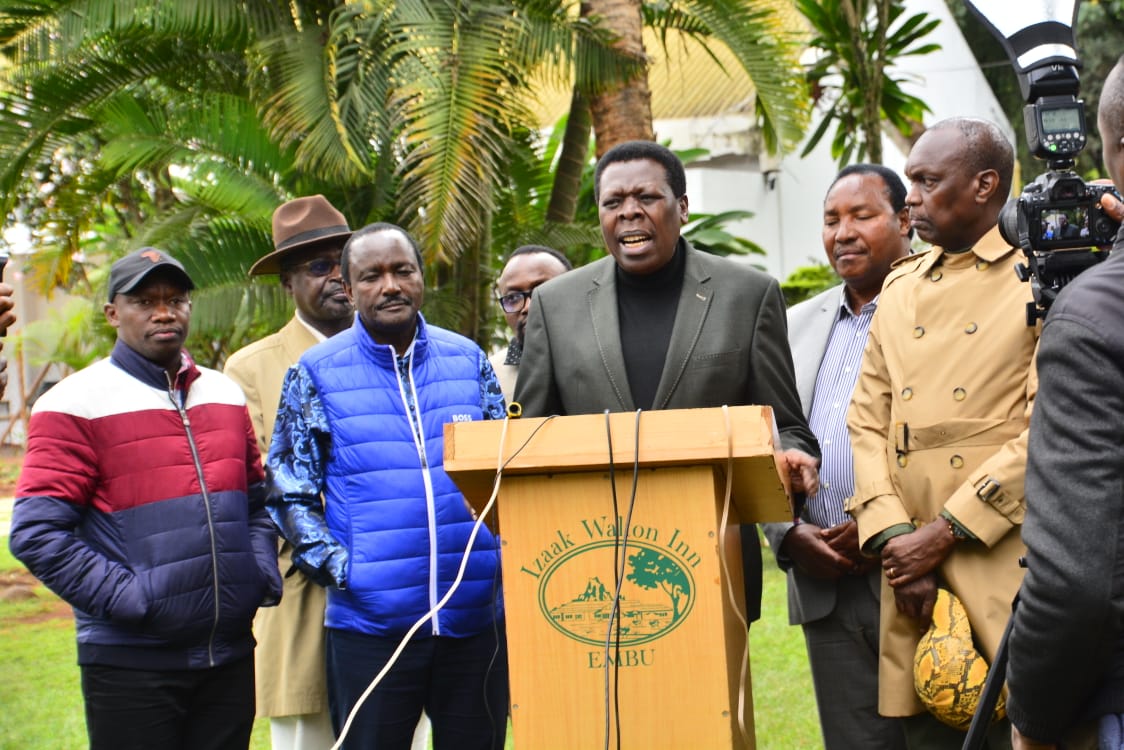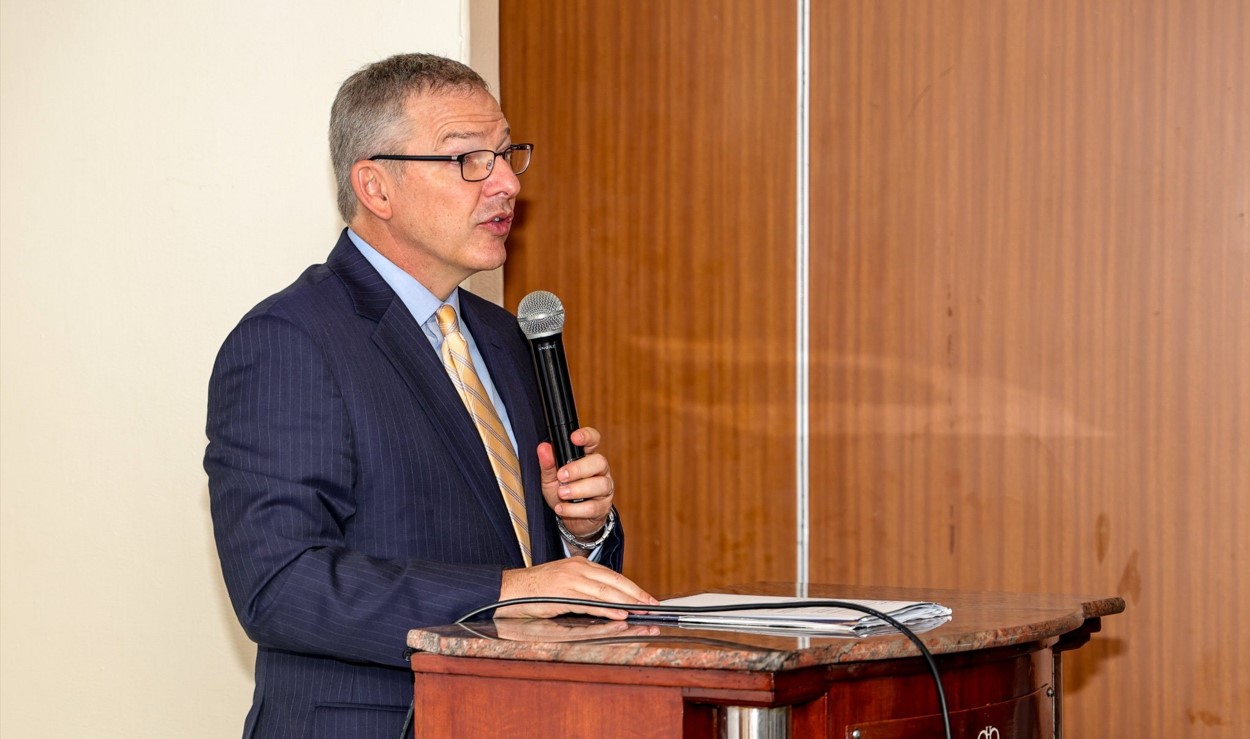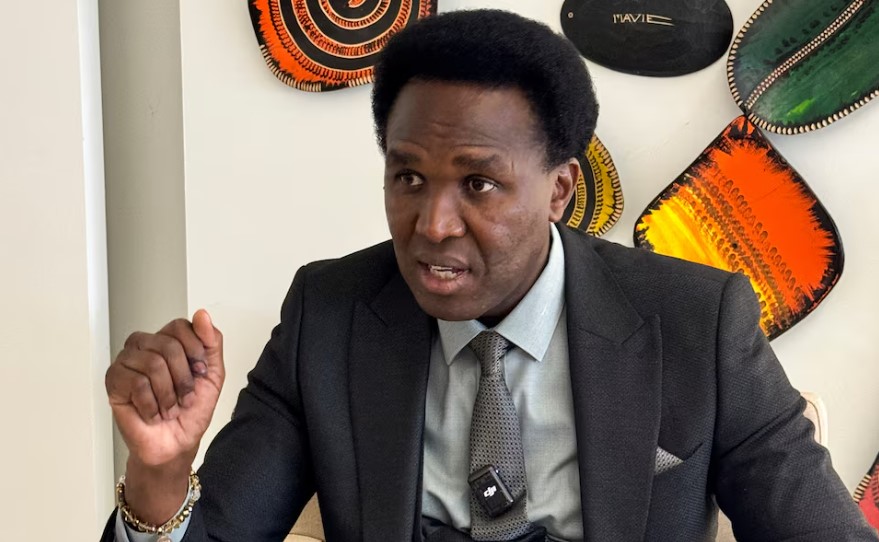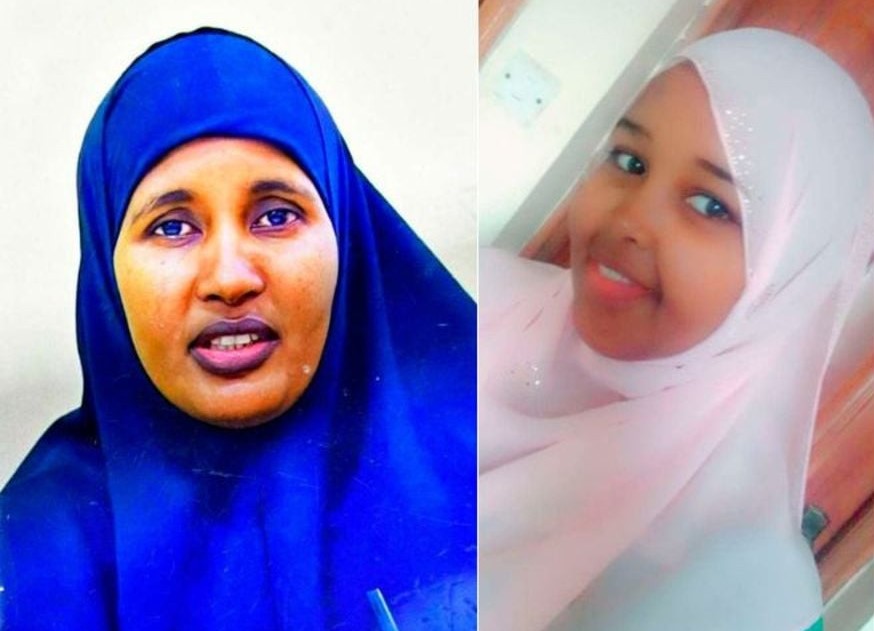Ziwani residents want Tom Mboya’s house preserved to save rich heritage
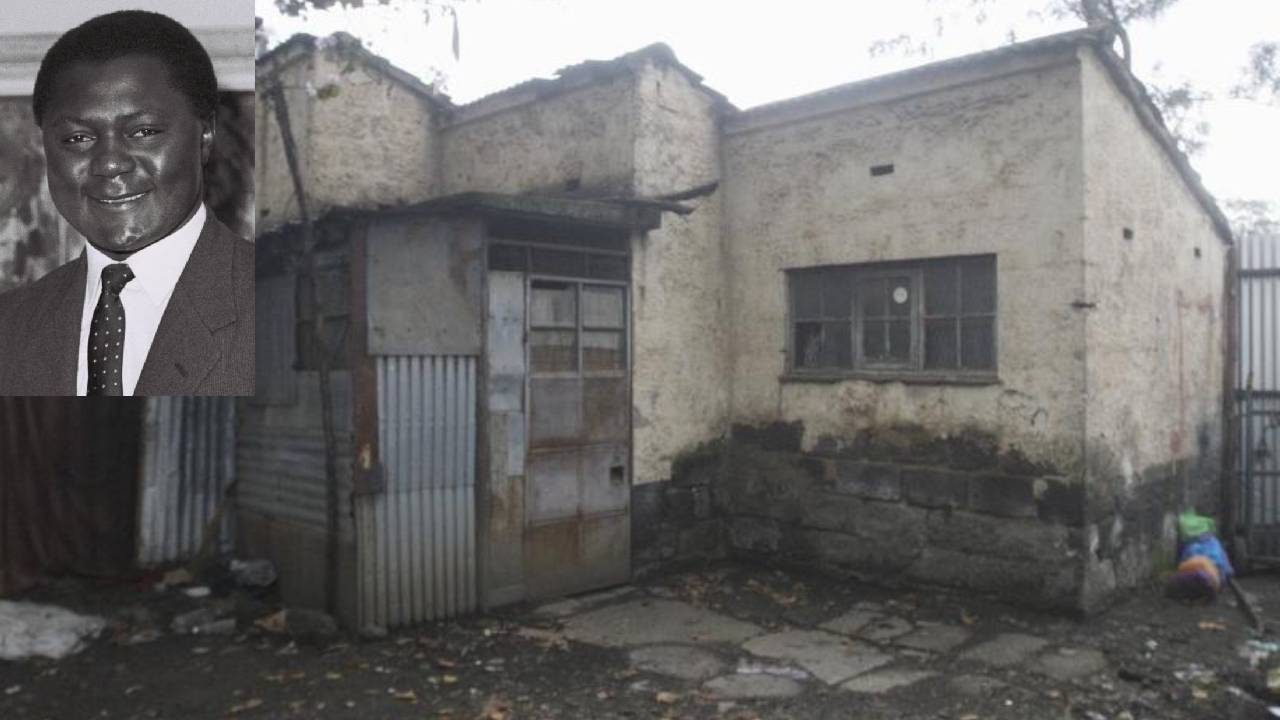
By Barack Oduor |
Originally designed in 1927 and completed by 1948, these houses were gifted to African soldiers who fought for the British army in WWII.
Ziwani Estate in Nairobi bears a lot of tales worth telling. From the old colonial relic-like houses to a haven of low-income dwellers toiling to make ends meet, its stature as one of the oldest residential areas in Kenya’s capital is undoubted.
Perhaps its best story is being the home of Kenya’s independence hero Tom Mboya, and a meeting place for Africa’s pre-independence heroes who later became the founding fathers of their countries.
Keep reading
When The Eastleigh Voice visited the estate, there was palpable silence between the houses that are now in a deplorable state as several residents have vacated because of their poor conditions.
There were the discordant fences of rusty iron sheets around the house that Tom Mboya once called home.
Children played in muddy patches of water from the ongoing downpour that has made living in these old houses tough.
To access this cradle of democracy, a visitor must jump around numerous puddles of stinking water.
We met with Samson Olum, 70, who has lived here for many years and recalls much about Ziwani.
“Only new tenants are unaware of Mboya’s former house. He was a highly respected man around here and everyone looked to him with respect and admiration,” Olum said.
He said Mboya enjoyed special privileges and comfort, compared to his neighbours. Whereas the rest shared a pit latrine, Mboya had a toilet reserved for him. The outer facility, three metres away from the main house, had three compartments —a sink for washing clothes, a WC toilet, and a shower room.
Olum narrated that Mboya paid the City Council Sh75 a month for the house, an amount he described as not “a child’s play” during those days.
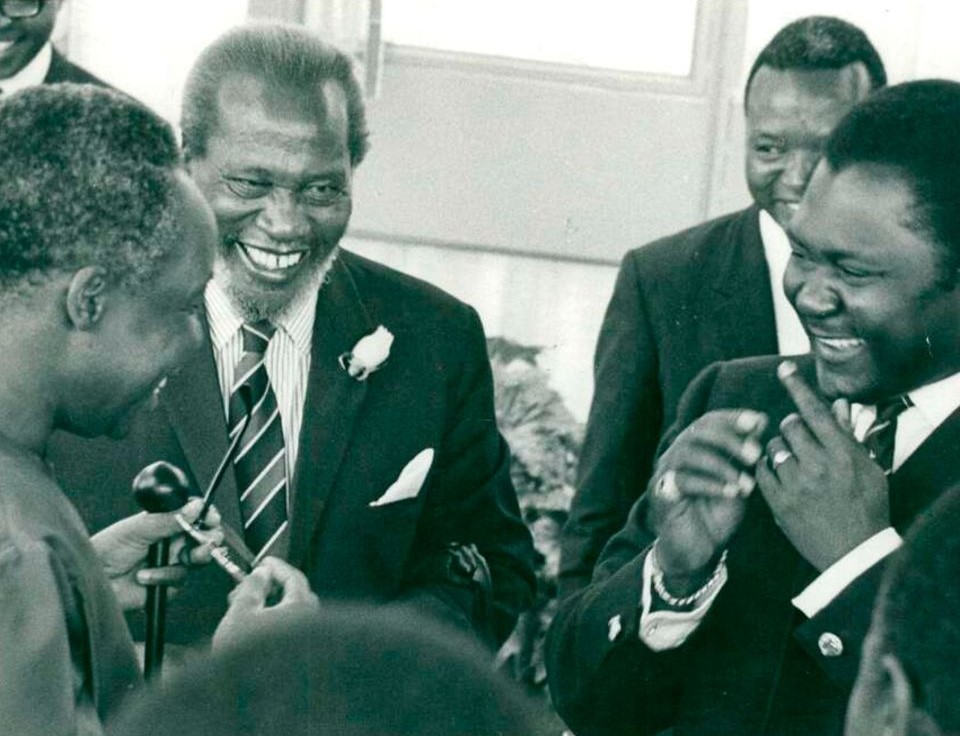 Kenya's first President Jomo Kenyatta, former Tanzania President Julius Nyerere and Tom Mboya engage in a light banter at the Nairobi Airport on March 30, 1968. Tom Mboya was assassinated on July 5, 1969. (Photo: Handout)
Kenya's first President Jomo Kenyatta, former Tanzania President Julius Nyerere and Tom Mboya engage in a light banter at the Nairobi Airport on March 30, 1968. Tom Mboya was assassinated on July 5, 1969. (Photo: Handout)
He wishes that the government can accord Mboya’s house its historical value by protecting it from demolition and the threat of falling.
“The house should be protected and rehabilitated so that the coming generations learn about its occupants,” he said.
Tucked deep in the centre of the seemingly chaotic lanes, is the house Mboya lived in, which has amazingly remained standing for nearly six decades.
The house is artistic in design. It has a raised roof on the sitting room side, slanting towards the kitchen. Its T-shaped sitting room can accommodate two sofa sets.
Its once-white walls are now dirty brown, and the modest concrete canopy at the entrance is home to weeds that have spread rapidly as a result of the recent rains.
Originally designed in 1927 and completed by 1948, these houses in Ziwani were gifted to African soldiers who fought for the British army in WWII.
Original design
They were passed down through generations, which helped in maintaining their original design.
Today, the houses are on the verge of being demolished to pave the way for a government housing project.
Previous administrations have unsuccessfully sought to execute the project meant to give a facelift to Nairobi’s Eastlands.
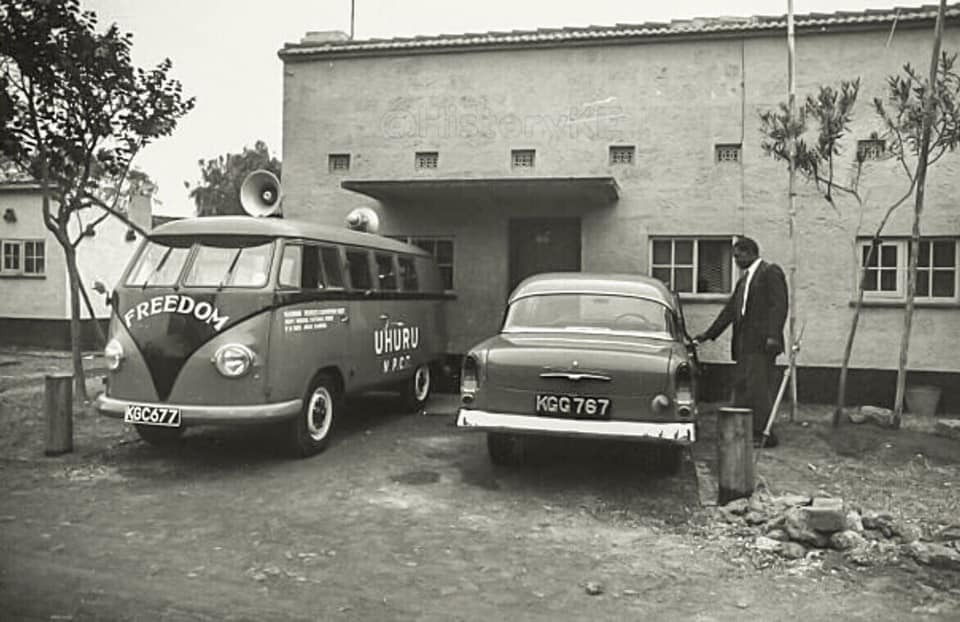 Trade unionist and KANU politician Tom Mboya prepares to leave his Nairobi Eastland's home in 1962. (Photo: HistoryKE)
Trade unionist and KANU politician Tom Mboya prepares to leave his Nairobi Eastland's home in 1962. (Photo: HistoryKE)
Mboya’s house is significant to the history of independence struggles because the small four-roomed house hosted some of Africa’s pre-independence political heavyweights like Tanzania’s Julius Nyerere, Zambia’s Kenneth Kaunda, Namibia’s Sam Nujoma, Zimbabwe’s Joshua Nkomo, and Patrice Lumumba of Congo in the 1950s.
In an interview with the Daily Nation, the late Mboya’s wife Pamela recalled her experience at Ziwani with a lot of nostalgia.
“Having a house with electricity, running tap water, complete with a shower and a flush toilet in the 1960s was exciting. Tom was a dedicated worker who toiled hard to get the best,” she said.
Mboya’s friend and politician Omolo Agar, then the MP for Karachuonyo, occupied the house between 1962 and 1964.
From this residence, the colonial police force carried out one of its most audacious operations. In September 1959, the government learned that Mboya, a high-ranking Kanu official, was holding a covert meeting with Nyerere, who was preparing to take over Tanzania’s leadership.
Nyerere had stopped briefly in Nairobi on his way to Dar es Salaam after a trip to the United Kingdom. He had spent his time in Kenya visiting Jaramogi Oginga Odinga and Ronald Ngala before proceeding to Ziwani estate to meet Mboya.
“I remember one particular day when British police officers stormed Mboya’s house in the wee hours of the morning and arrested Mwalimu Julius Nyerere who had visited and held a meeting with Mboya the previous evening,” says former Karachuonyo MP Phoebe Asiyo Asiyo in her memoirs Phoebe Asiyo: It is possible: An African Woman Speaks.
At the time, Asiyo lived in House Number 32, directly opposite Mboya’s residence.
“The commotion emanating from Mboya’s house during the arrest attracted us and we came out only to find Nyerere being shoved in an attempt to bundle him into a waiting 999 police car,” she says.
The Ziwani of the 1950s was a hotbed of politics for Milton Obote, who later became the first president of Uganda.
Apart from Mboya, Isack Lugonzo, who later became the mayor of Nairobi, also called Ziwani home.
Reader comments
Follow Us and Stay Connected!
We'd love for you to join our community and stay updated with our latest stories and updates. Follow us on our social media channels and be part of the conversation!
Let's stay connected and keep the dialogue going!



